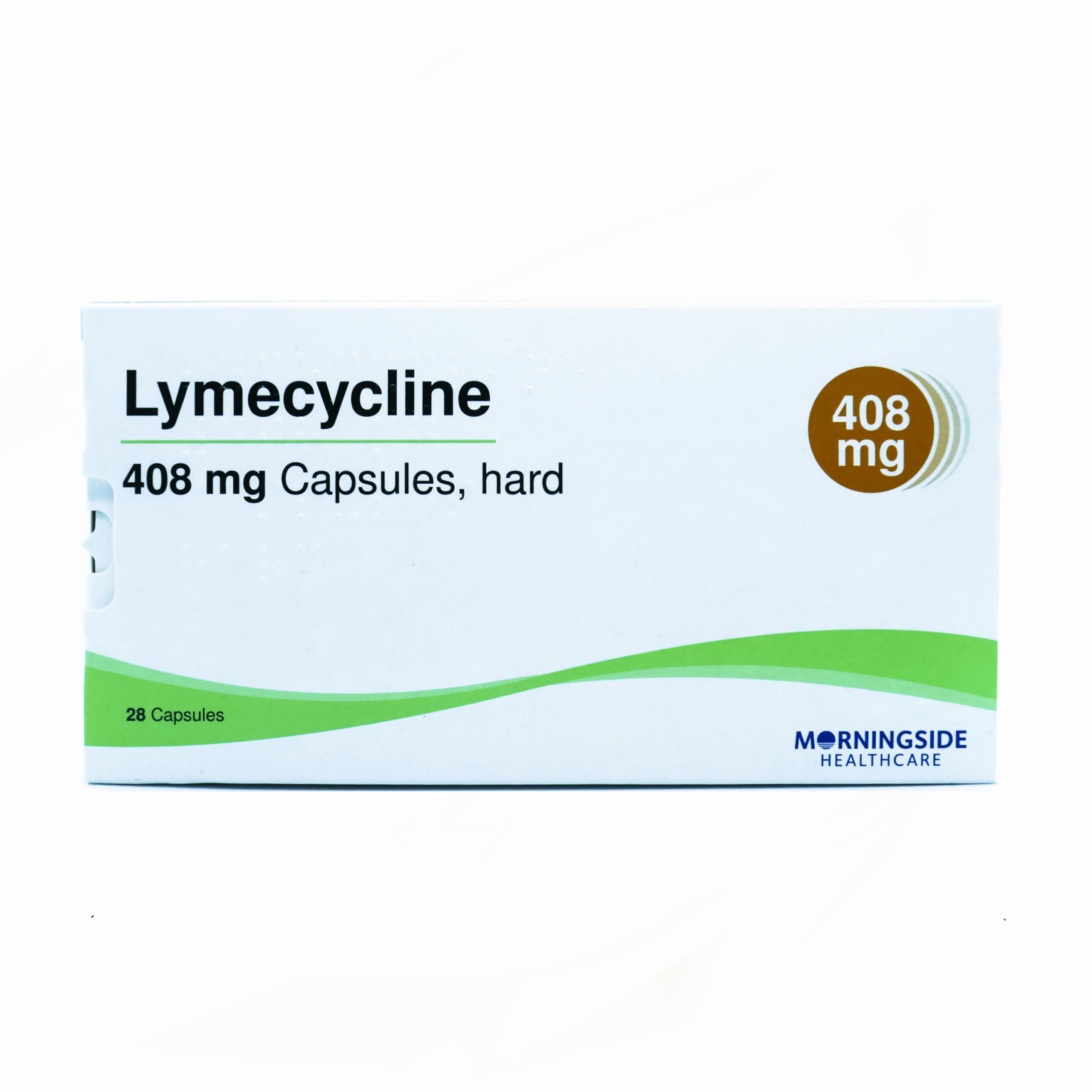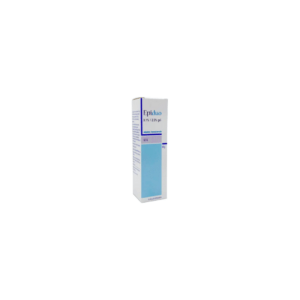Lymecycline 408mg Capsules
Description
How Does Lymecycline Work?
Lymecycline is an excellent choice for people who experience acne in other body areas apart from the face. Since it is taken orally, it treats bacteria in the body, preventing pimples and spots all over. The skin produces sebum through the sebaceous glands. Bacteria feed on sebum, causing a build-up of waste and fatty acids that block pores. This causes the scarring inflammation that causes acne. Lymecycline contains tetracycline antibiotics which work by inhibiting a protein that causes bacteria to grow and reproduce. The bacteria die, relieving skin of inflammation and infections.
Warnings
Lymecycline Warnings
Lymecycline is unsuitable for you if you have the following conditions.
- You have had kidney disease.
- You are pregnant, planning to become pregnant, or are breastfeeding.
- You have an impaired liver or kidney function.
- You suffer from systemic lupus erythematosus.
Directions
Lymecycline Dosage
- Take one capsule daily, preferably in the morning, with a full glass of water for at least 8-12 weeks.
- If your treatment has been effective, you can continue to take Lymecycline for another three months, where you should see further improvement.
- If there has been no improvement in your acne, you should stop taking Lymecycline and consider a different acne treatment.
- Use Lymecycline with a non-antibiotic topical treatment for best results
- Avoid direct exposure to sunlight or artificial sunlight from sunbeds while using Lymecycline.
Ingredients
Lymecycline Ingredients
Each capsule contains Lymecycline 408mg. Each capsule also contains gelatin, titanium dioxide (E171), erythrosine (E127), quinoline yellow (E104), and indigotin (E132).
Side Effects
Side Effects of Lymecycline
Like all medicines, Lymecycline capsules can cause side effects, most commonly including:
- Nausea & vomiting.
- Diarrhoea.
- Stomach ache.
- Visual disturbances.
- Dizziness.
In rare cases, Lymecycline can also cause:
- Fungal infections such as thrush.
- Itchy skin and irritation.
- Photosensitivity.
- Colitis.
- Pancreatitis.
FAQs
1. How long does it take for lymecycline to work?
It may take a few weeks to notice improvement, but full benefits are usually seen after 8-12 weeks of use.
2. Can I take lymecycline with food?
Yes, it can be taken with or without food but should be taken with a full glass of water.
3. Are there any foods to avoid while taking lymecycline?
Avoid dairy products close to your dosing time as they can affect the absorption of the medication.
4. Can I use other acne treatments with lymecycline?
Yes, but consult with your healthcare provider before combining treatments.
5. Is lymecycline suitable for everyone?
Not suitable for children under 12, pregnant or breastfeeding women, and those allergic to tetracyclines.



